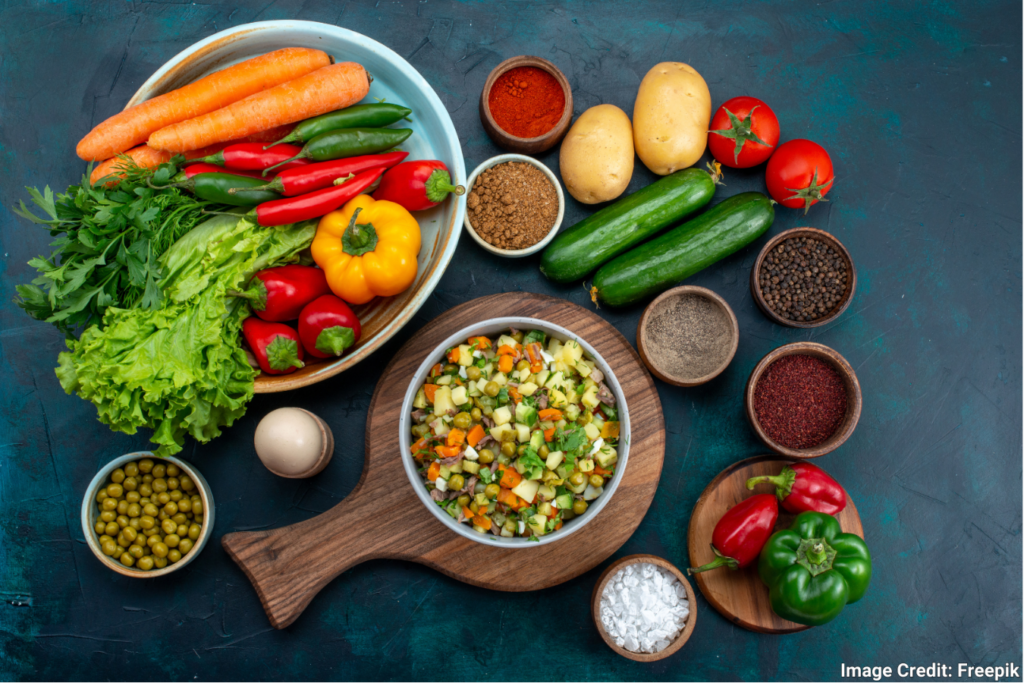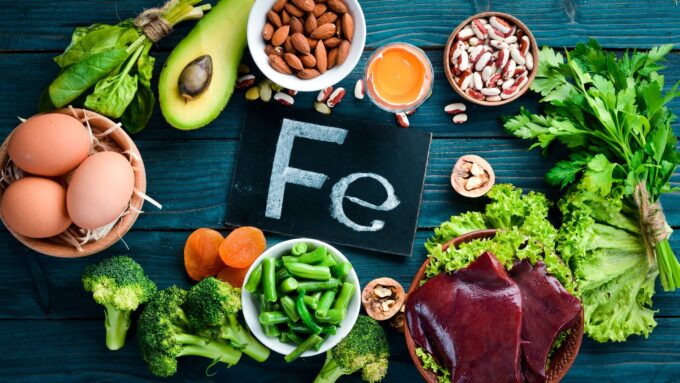Weekly update
Weekly Newsletter
Excepteur sint occaecat cupidatat non proident

India, known as the hub of spices, offers a rich culinary heritage of a limitless variety of flavors and meals that delight the five senses. However, in today’s hustling and bustling world, striking a balance between taste and nutrition can be difficult. The good news is that healthy Indian cuisine can offer the best of both worlds: a flavourful meal fully packed with nutrition and fiber. Let us examine how you can prioritize your health and still enjoy wholesome meals with easy and delicious recipes from traditional Indian dishes.
Why Focus on Healthy Indian Recipes?
“Indian food is more than just food; it reflects our culture, history, and traditions.”Indian cooking uses a lot of good stuff, including vegetables and whole grains, as well as naturamycin like cumin, ginger, and turmeric. However, the healthy component of these ingredients tends to be nullified when the dishes are deep-fried in clarified butter or cream-heavy. A few adjustments and precautions in preparation and Indian cuisine could be nutritious superfoods without compromising taste. Using a good kind of cooking oil in India such as olive oil can surely help
Essential Tips for Cooking Healthy Indian Food
- Choose whole grains- Replace refined grains with healthy Indian rice-for example, brown rice, quinoa, or whole wheat which contain a high amount of fiber in them. They will keep you full longer and thus help you with digestion faster, helping you keep your weight in check. Indian boiled rice, when paired with vegetables, is a great low-calorie option.
- Control the oil- Many Indian recipes use generous amounts of oil, especially in dishes like parathas and curries, a tradition that is particularly prominent in Punjabi households. Instead of using very unhealthy cooking oils, it is better to switch to healthy cooking oils in India, like olive oil, coconut oil, or even mustard oil. Generally, steaming, grilling, and baking can be healthier alternatives to frying.
- Embrace spices- Indian whole spices are not only used for flavor but also come with several health benefits: anti-inflammatory effects of turmeric, digestion assistance due to cumin, or blood sugar regulation by fenugreek. Spices enable you to cut down on salt and fat while retaining flavor.
- Add more vegetables- Vegetables are essential to many Indian cuisines, but they are frequently overshadowed by richer ingredients. Add more vegetables to your meals because they are a great source of vitamins, minerals, and antioxidants. Well-known Indian dishes like vegetable sabzis, palak (spinach) meals, and baingan bharta (roasted aubergine) are all excellent ways to acquire more plant-based nutrients in your diet.

Healthy Indian Recipes to Try
Here are some wholesome Indian recipes that strike the perfect balance between nutrition and flavor:
- Moong Dal Khichdi- We make a simple and easy-to-cook Moong Dal Khichdi with split yellow lentils, known as moong dal in Hindi. It is a good source of protein and fiber that are easy to digest. Then you can add some vegetables like carrots, peas, and spinach to increase the nutritious value. You can mix these low-carb Keto pulses with salt, turmeric, and ghee or butter fry until tender. This single-pot meal is light but fulfilling as well – perfect for lunch and dinner, or if you are looking for low-calorie Indian food options or protein meals.
- Palak Paneer (Spinach and Cottage Cheese)- Spinach is high in iron, calcium, and vitamins, while paneer boosts protein levels. For a healthier version use fresh spinach and less cream. This will pair perfectly with whole wheat rotis, providing a wholesome homemade dinner.
- Ragi Dosa- Ragi is a gluten-free millet rich in calcium and fibre. Ragi dosa is a nutritious version of rice dosa that you can try as a healthy meal suggestion for breakfast. Then cook this masala dosa until crispy on both sides in a non-stick pan; serve with coconut chutney or sambar.
- Chickpea Salad (Chana Salad)- A speedy protein and fresh salad that is an easy and delicious recipe is perfect for a light lunch or snack! Since the chickpeas are already cooked, when they turn soft add chopped tomatoes, onions, and cucumbers as well as fresh coriander leaves. Season with cumin, salt, and pepper (to taste) and lemon juice. Finally, to finish it off sprinkle chaat masala and a few drops of fresh lemon.
Additional Tips
–> Experiment with Flavors- Don’t be afraid to try new ingredients and combinations. Indian cuisine offers a diverse range of flavors to explore.
–> Cook at Home- Preparing meals at home gives you greater control over the ingredients and cooking methods. Try to incorporate meals with Greek yogurt for added protein in your diet.
A Final Bite
Just because you must consume healthy does not mean the food can’t be tasty, specifically in terms of Indian cuisine. We all love that spicy Indian taste and you can enjoy it while staying healthy, a bit of focusing on your fresh ingredients, whole grains instead of rice only brown or red depending on lean proteins, and sensible cooking. These nutritious Indian recipes, which range from a simmering bowl of dal to crispy kadhai paneer and flavourful breads like bajra and methi ki roti, these healthy Indian recipes will grace your tables with nourishment. Begin consuming them, and healthy food options will soon thrill the tongue.
Understanding Diabetes : Types, Symptoms, and Management
Diabetes mellitus or simply diabetes, refers to a group of diseases that...
FROM SYMPTOMS TO SOLUTIONS: MANAGING CARDIOVASCULAR ILLNESS
Imagine your heart as a perfectly tuned vehicle engine, working tirelessly to...
PCOS: MORE THAN JUST CYSTS
Are you experiencing unusual body developments such as irregular periods, unexpected weight...
Anemia: Symptoms, Types & Preventataive Measures
Anemia is typically a medical condition where there is a deficiency in...










